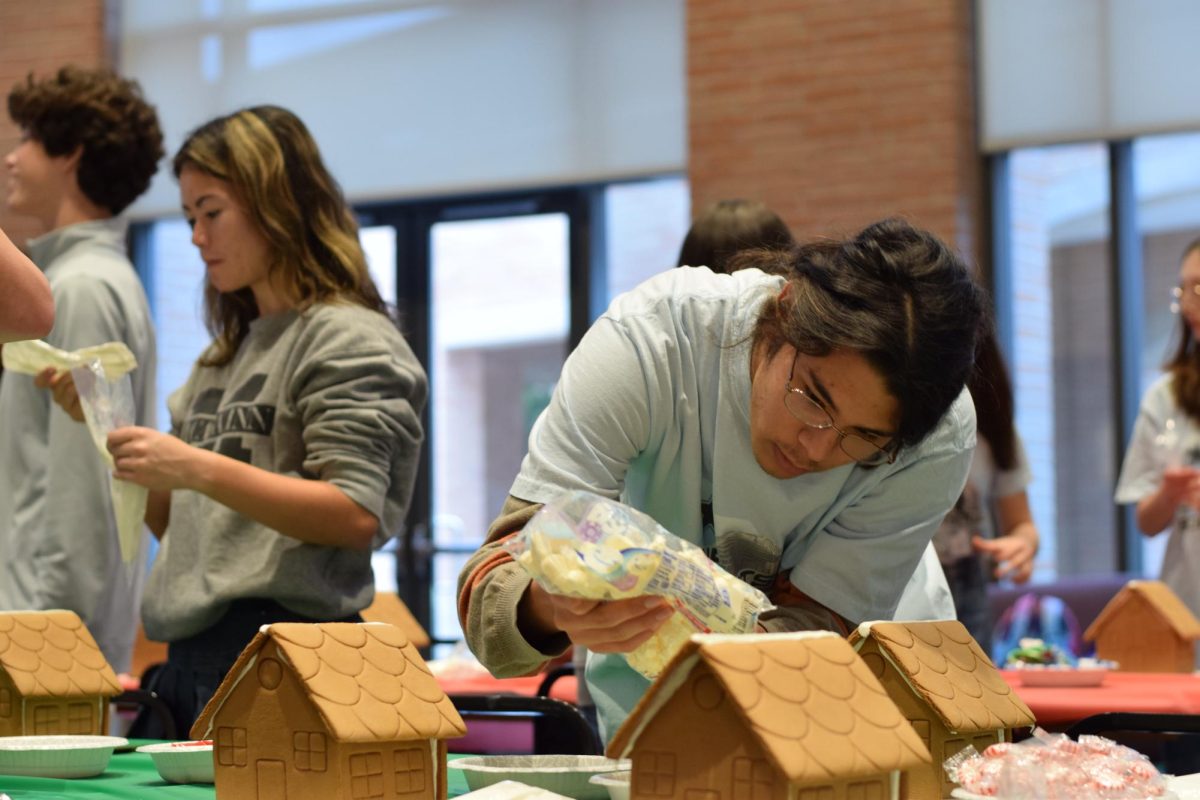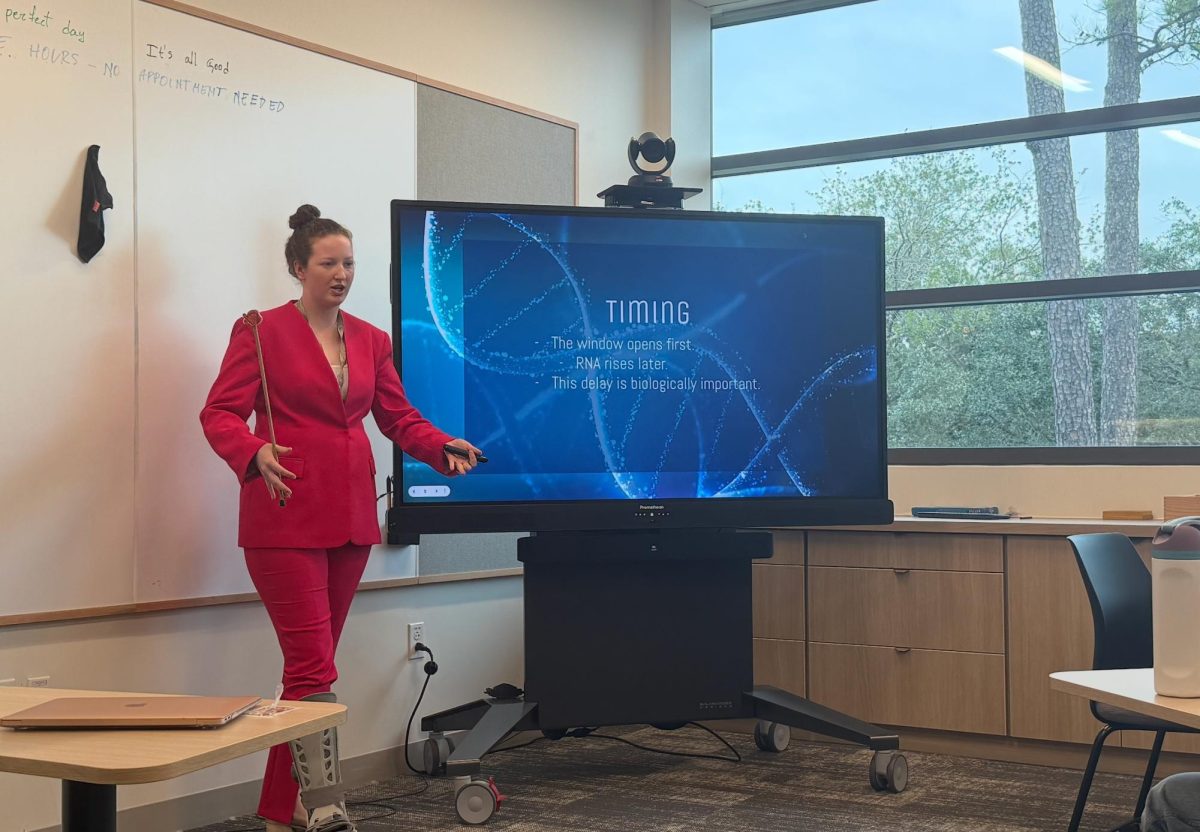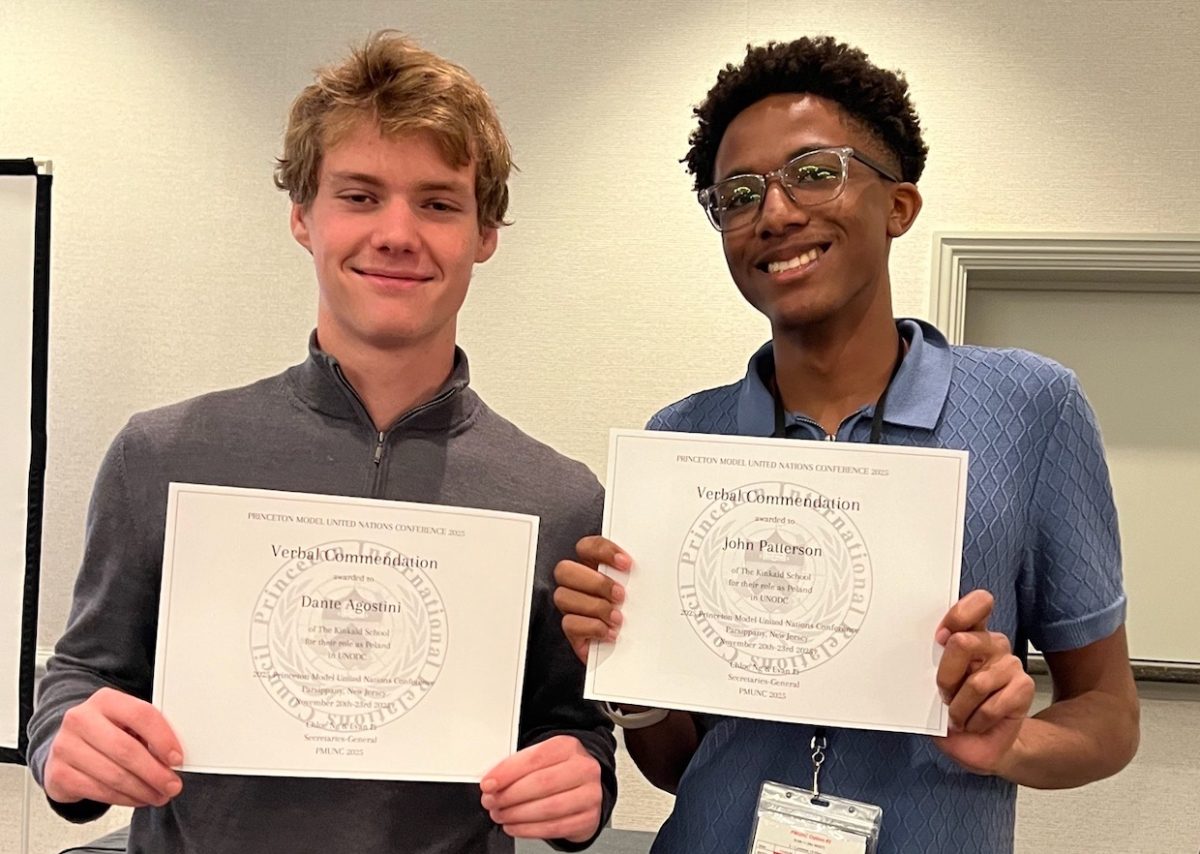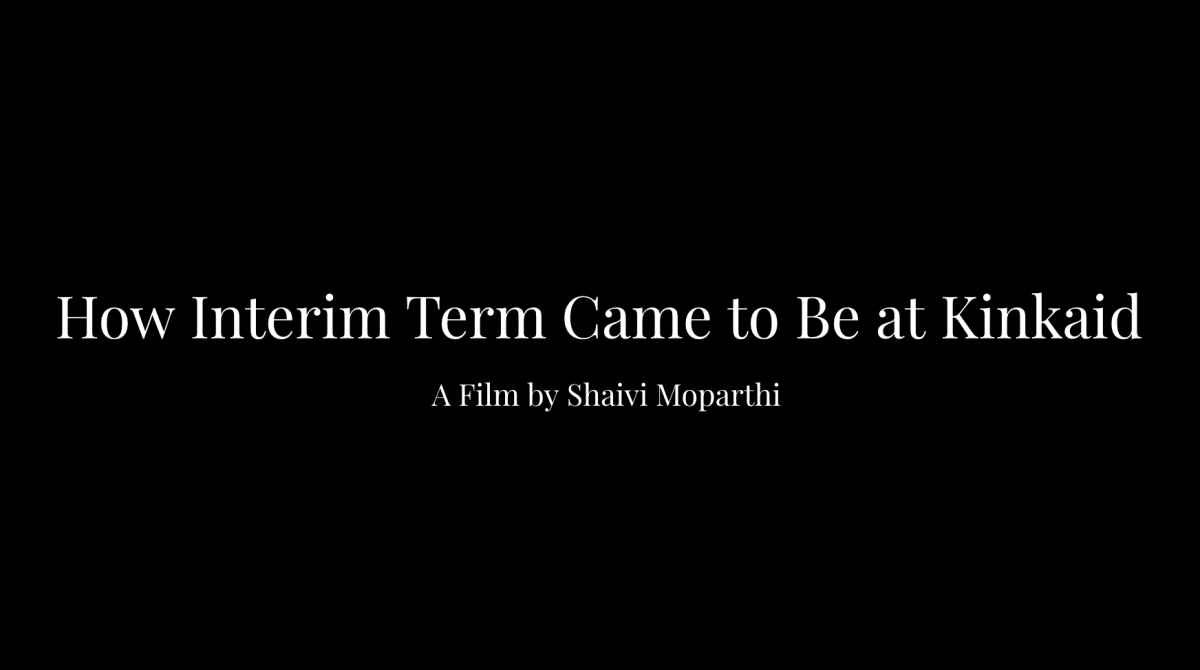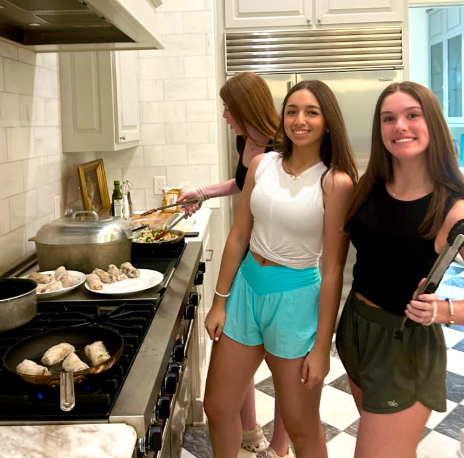What’s in my food?
For many people, this is a regular question. Over the years, the ingredients used in foods have changed, causing consumers to often ingest ingredients, without knowing their potential for toxicity or harmful effects.
During Interim Term, Mrs. Jennifer Shelby, the 9th-grade honors biology teacher, taught a class titled “What’s in Your Food?” Students from all grade levels learned more about the foods they eat.
“My hope was to have a class where students would become more informed and aware of the food we eat. Understanding food laws, nutrition, how to decipher food labels, additives, types of processing and their impact allows students to make educated choices about what they eat,” Mrs. Shelby explained.
The class covered U.S. food laws and regulations and compared them with international policies. It also explored nutrition, food labeling, additives, and food processing. Students studied the benefits and potential concerns of these processes, analyzed nutrition labels, conducted blind food tastings of healthier alternatives, compared costs of different qualities and types of food, examined food marketing and how food choices impact people’s health.
The scientific aspect of this class took on a chemistry and biology role as it studied food additives and processing and the nutrition of food and its impact on the body.
“I learned more about how the food we eat ends up in grocery stores and the extent of processing in much of what I consume,” said sophomore Rohun Reddy.
Students analyzed nutrition labels and investigated food labeling laws, including ingredient disclosure and marketing tactics. They learned how transparent companies are about ingredient sourcing and whether regulations effectively protect consumers from the marketing buzzwords.
Additionally, students in the course participated in a number of activities, including scavenger hunt in the dining center, food tastings, and cost comparisons of “healthier” vs. “less healthy” food. The course ended with a showcase, where students demonstrated their takeaways and presented proposals for healthier food alternatives available on campus.
“They were surprised that many of the alternative options tasted just as good, or better. Many had never tried Hippeas, but that was one each student chose over cheetos,” Mrs. Shelby said.
Reddy said he really enjoyed the class.
“I now look at food and the industry surrounding it as extremely adaptive. It changes with the demands of the consumer and it makes me think how through education, we truly have the power to change the industry,” Reddy said. “I liked the class a lot and I understand how just being conscious about the mechanisms of the food industry is already 50% of the journey towards a healthy life.”




